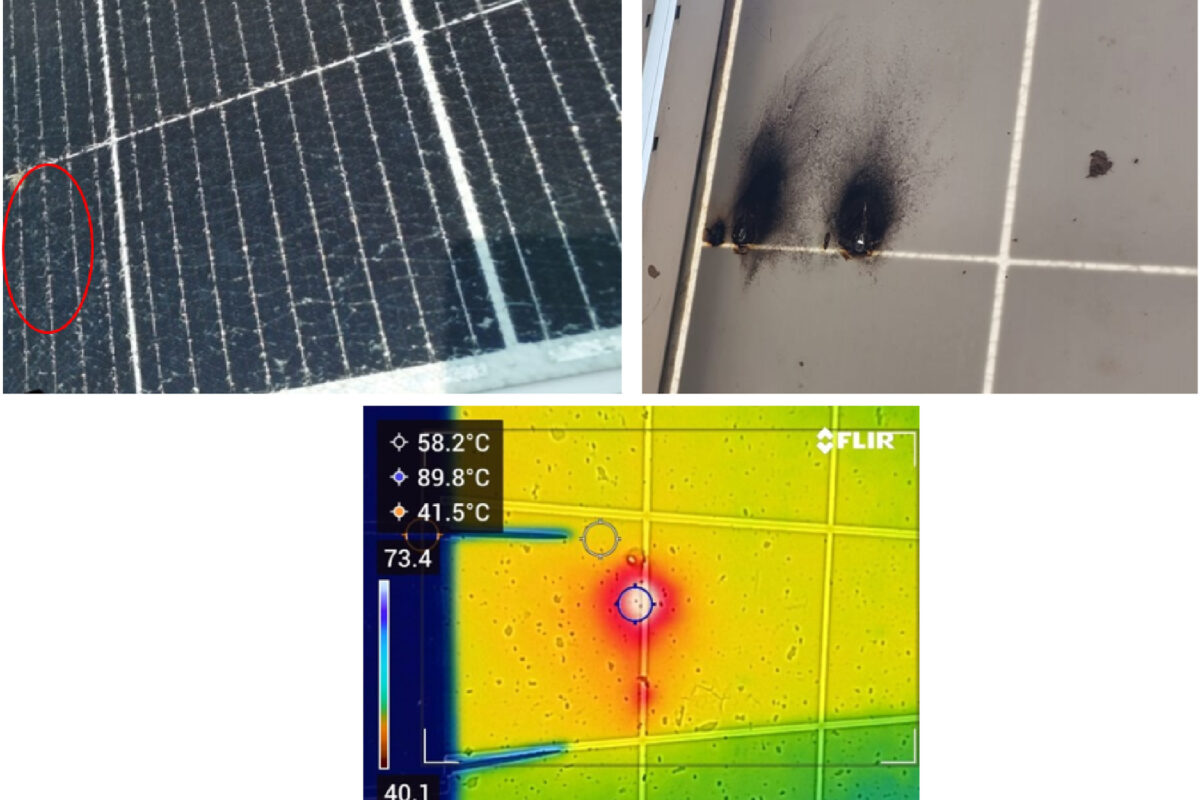Risen Solar announced that it achieved a power conversion of 30.99% for a tandem solar cell that trusted on an upper perovskiet cell and a soil silicon heterojunction (HJT) device.
China’s National Solar Photovoltaic Product Quality Supervision and Inspection Center has certified the results.
“We have reached this milestone with a cell size of 10 mm x 10 mm,” said a company spokesperson told PV -Magazine.
Yang Bochuan, director of the global photovoltaic research institute of Risen Solar, emphasized that HJT cells, with their unique structural benefits, are considered the ultimate choice between a few P/N Junction technologies for future development of solar cells. “This advantage has been pronounced even more in the empire of Perovskiet-Silicon tandem cells,” he said.
Hetero junction cells use indium tinoxide (ITO) as a transparent conductive layer, while other cells such as BC, TOPcon and PERC depend on insulating layers. This design ensures easier integration of tandem cells, which improves overall performance, according to Risen, who also claim that other silicon-based cells, which do not miss ITO films, require completely new structural designs for tandem technology, which means that both costs are increased as complexity.
Risen Solar has set ambitious goals for the future. Towards the end of 2025, the company is planning to increase the efficiency of its HJT cells to 26.8% and to increase the module capacity of 740 W. to 740 W. After this performance, the company wants to further increase the power to 760 W. .
The company is also preparing for the commercialization of tandem cells by 2027, aimed at a module efficiency of more than 30% and an output of more than 850 W.
This content is protected by copyright and may not be reused. If you want to work with us and reuse part of our content, please contact: editors@pv-magazine.com.
Popular content



